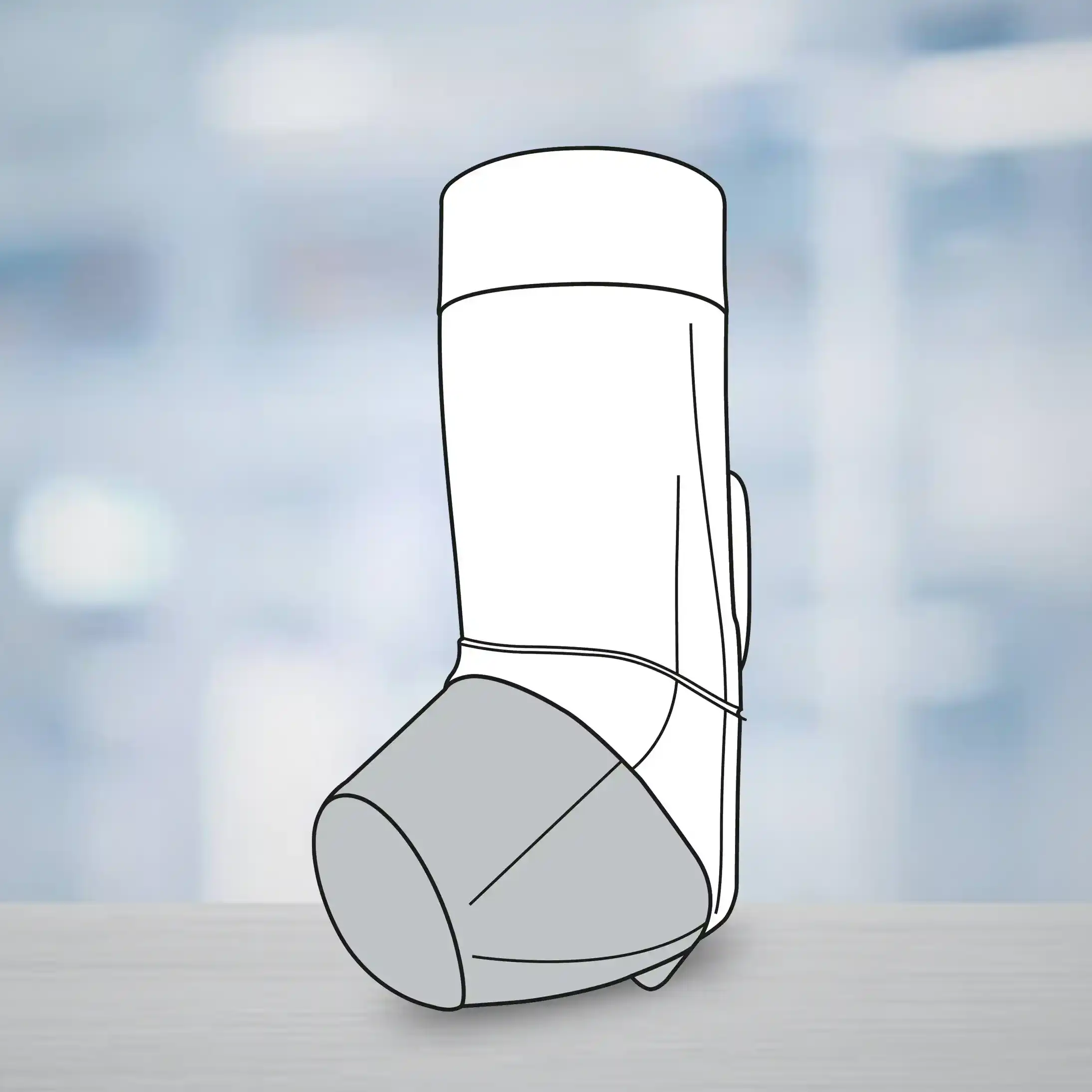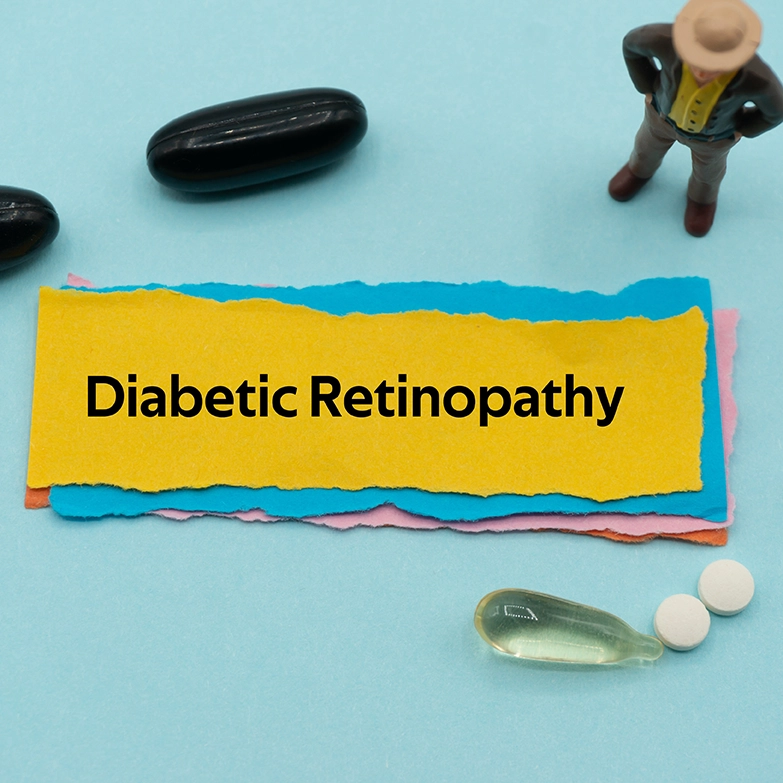Introduction
Type 2 diabetes mellitus (T2DM) is associated with an increased risk for major adverse liver outcomes (MALOs), including cirrhosis and its complications. Patients with T2DM often have other traits of the metabolic syndrome (MetS). Currently it is not known whether the accumulating MetS traits synergistically impact the future MALO risk in T2DM patients.
Aim
To ascertain the association between the number and subtypes of MetS traits and the risk of developing MALOs in Swedish T2DM patients.
Patient Profile
- Adult patients with T2DM without a history of liver disease (n=230,992).
- Patients for whom the data on MetS trait (hypertension, low HDL level, hypertriglyceridemia, obesity, and albuminuria) was available were included in this analysis
Methods
Study Design
- A retrospective analysis.
Outcomes
- Incidence of MALOs which comprised of liver cirrhosis, decompensated cirrhosis, and associated complications (defined as chronic or unspecified hepatic failure, esophageal varices with or without bleeding, portal hypertension, hepatorenal syndromes, ascites, or liver transplant), hepatocellular carcinoma (HCC), or death from any of these
Results
- The median age of the study population was 64 years, 58% of them were men. Of the entire study population 1.39% (n=3125, incidence rate: 2,235,356 person-years) developed MALOs, over a median follow-up period of 9.9 years.
- Of the entire study population, 19.6% had albuminuria, 92.4% had hypertension, 49.4% had hypertriglyceridemia, 16.2% had low HDL levels, and 46.5% were obese.
- With regards to MALOs outcomes, 1,344 developed cirrhosis, 2000 developed decompensated cirrhosis and its complications, and 839 developed HCC.
- The incidence rate for MALOs was higher amongst those with higher total number of metabolic traits at baseline, this increased progressively with the increasing number of metabolic traits even after adjusting for other covariates (adjusted hazard ratio [aHR]: 1.28, 95% CI 1.23–1.33, Ptrend <0.001).
- The incidence of MALOs was higher amongst patients with more than one MetS trait, when compared to those with one trait at baseline (T2DM) (Table 1).
Table 1: The incidence of MALO as per the number of MetS traits
|
|
Events/patients; n |
Incidence rate 1000 person years |
aHR (95% CI) |
|
Total Population |
3,215/230,996 |
1.44 |
|
|
Number of MetS trait |
|||
|
Only T2DM |
29/5,794 |
0.56 |
Reference |
|
≥2 |
3,186/225,202 |
1.46 |
2.33 (1.53–3.54) |
|
2 |
609/56,664 |
1.07 |
1.55 (1.01–2.38) |
|
3 |
1,109/77,706 |
1.47 |
2.35 (1.54–3.59) |
|
4 |
926/61,632 |
1.57 |
2.69 (1.76–4.11) |
|
5 |
471/25,369 |
2.01 |
3.42 (2.22–5.27) |
|
6 |
71/3,831 |
2.12 |
4.09 (2.50–6.68) |
|
Continuous MetS |
|
|
1.28 (1.23–1.33) |
The MetS trait exhibited the most robust association between incident MALOs and hypertension (aHR 2.06, 95% CI 1.57–2.71).
Conclusions
- In a study of more than 230,000 T2DM patients, increasing number of metabolic traits were associated with an increased risk of MALOs over a period of 9.9 years.
- Hypertension was the parameter with strongest association between MetS and MALOs.
- These findings may aid in improving the screening strategies to correctly identify T2DM patients at risk of liver diseases.
Diabetes Care 2024;47:978–985.

.svg?iar=0&updated=20230109065058&hash=B8F025B8AA9A24E727DBB30EAED272C8)








